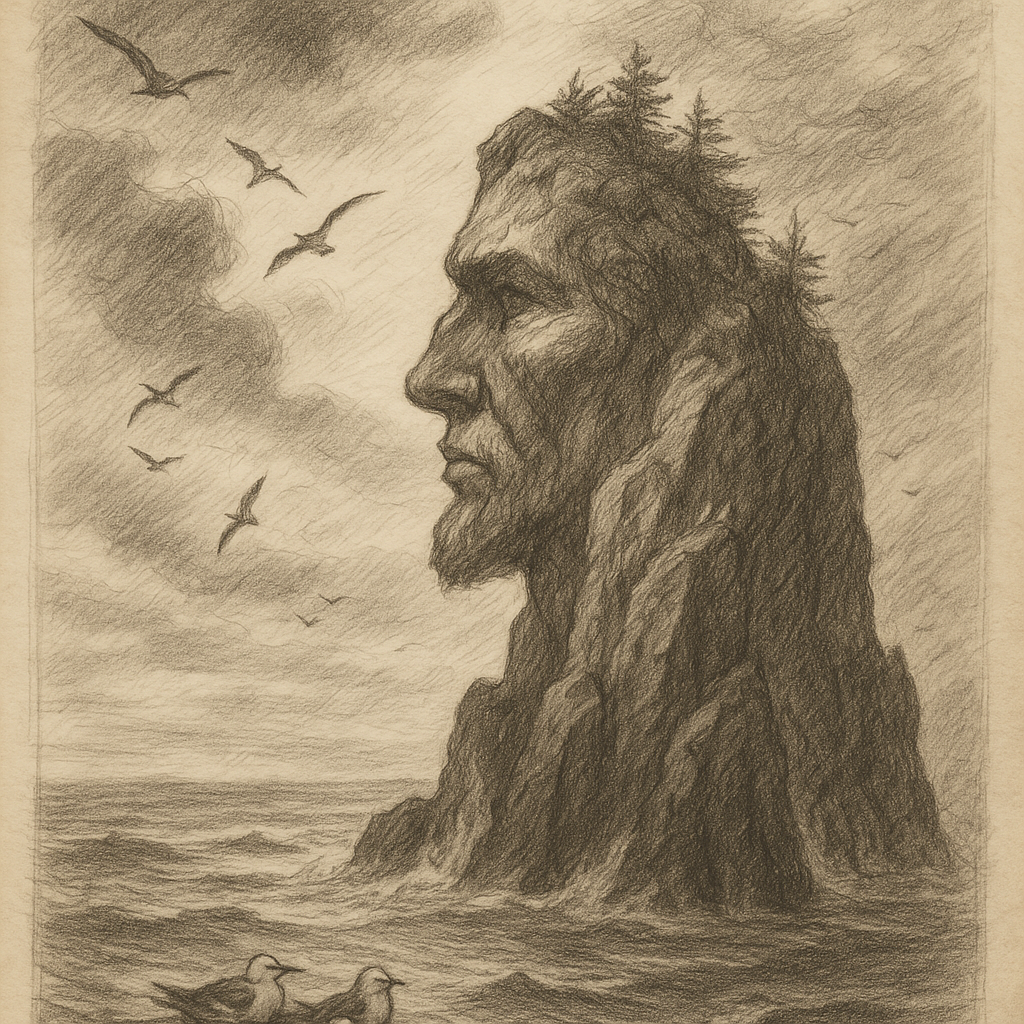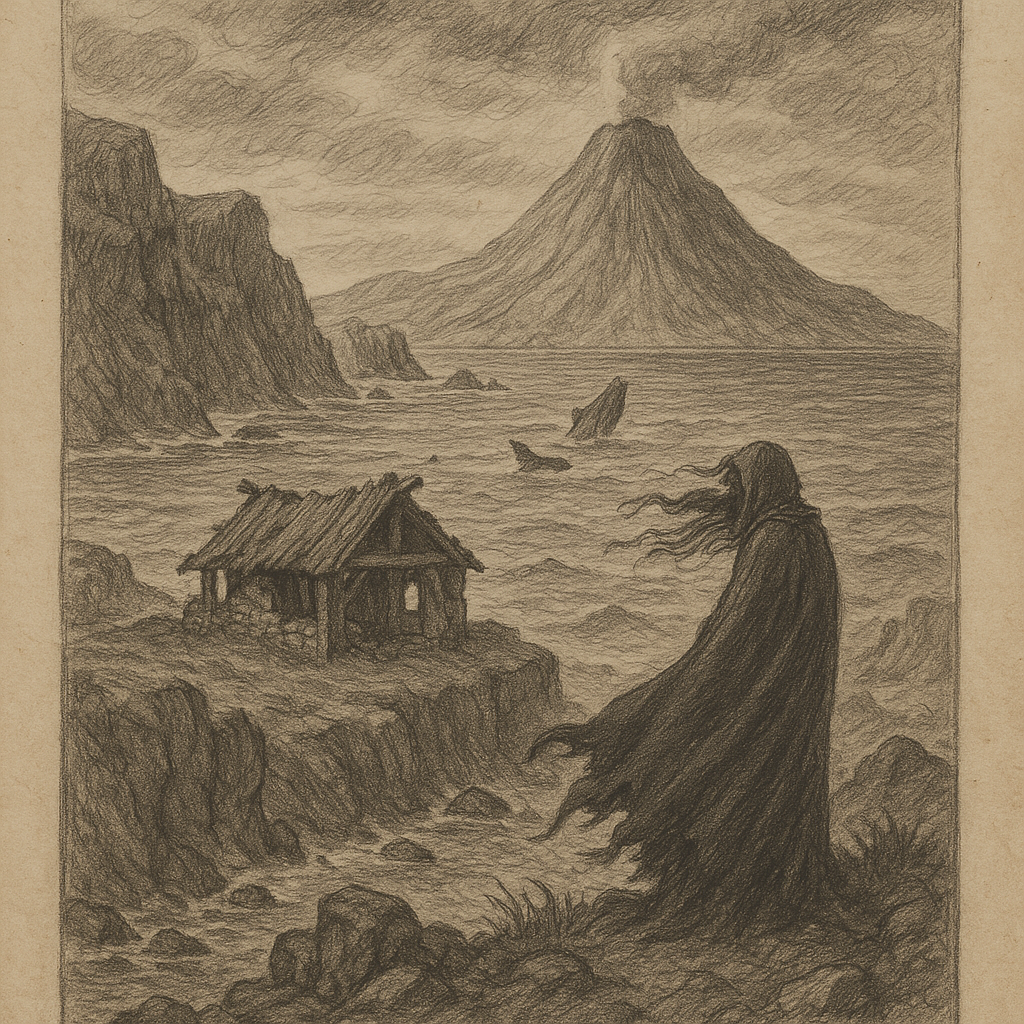Cocos Island: A Remote Treasure of the Pacific
Location and Geography
Cocos Island, known as Isla del Coco in Spanish, is a remote and lush island located in the eastern Pacific Ocean, about 550 kilometers (342 miles) southwest of the Costa Rican mainland. The island is a part of Costa Rica and sits at the convergence of several oceanic currents, which significantly influence its climate and biodiversity. Cocos Island covers an area of approximately 23.85 square kilometers (9.2 square miles) and is the only island in the eastern Pacific with a tropical rainforest. Its coastline is marked by steep cliffs, waterfalls cascading directly into the sea, and a rugged mountainous terrain dominated by lush, dense jungle.
Geological Origins and Natural Features
The island is volcanic in origin, formed over 2 million years ago by the movement of the Cocos Plate over a hotspot in the Earth’s mantle. This process created a mountainous and rugged landscape, with the highest point being Cerro Iglesias, standing at 634 meters (2,080 feet) above sea level. The island is surrounded by deep waters, with underwater cliffs dropping rapidly near its shores. Numerous rivers, streams, and over 200 waterfalls mark the island’s surface, with the Genio and Pittier rivers being among the most prominent. The waterfalls, fed by frequent rainfall, add to the dramatic scenery and feed the dense vegetation blanketing the terrain.
Climate and Biodiversity
Cocos Island enjoys a tropical rainforest climate with a high level of humidity and significant rainfall year-round, averaging between 5,000 and 7,000 millimeters annually. The persistent moisture supports a diverse and dense plant life. Although its relatively small size limits its terrestrial species, Cocos Island is home to a number of endemic species, including the Cocos Island cuckoo, Cocos flycatcher, and Cocos finch, the last of which is closely related to Darwin’s finches of the Galápagos. The surrounding marine environment, however, is where Cocos truly shines. It has been designated a UNESCO World Heritage Site and a Costa Rican National Park since 1978 due to its exceptional marine biodiversity.
Marine Life and Conservation
The nutrient-rich waters surrounding Cocos Island provide a haven for marine life and are considered one of the best diving destinations in the world. Speaking volumes of its ecological value, the island is known for frequent appearances of large pelagic species such as hammerhead sharks, manta rays, dolphins, whale sharks, and tuna. Huge schools of fish and coral reefs flourish in the waters, drawing marine biologists and divers from around the globe. Because of its ecological sensitivity and importance, strict regulations govern visits to the island. Tourists are not allowed to stay overnight, and only licensed tour operators may anchor near the island, ensuring minimal human impact.
Interesting Facts
Cocos Island is uninhabited, with the exception of rotating staff from the Costa Rican park service and marine conservation organizations. Despite its remote location, it plays a critical role in oceanic research and conservation. One fascinating feature of the island is the abundance of freshwater—a rare trait among Pacific islands—which supports its dazzling jungle scenery and made it a viable hideout for mariners. The island was also the inspiration behind the fictional Isla Nublar, the setting for the Jurassic Park franchise. Filmmaker Michael Crichton cited Cocos Island’s isolation and unique environment as central influences in his creative process.
It’s also worth noting that Cocos Island has a strict visitation policy. Visitors must obtain permits through the Costa Rican Ministry of Environment and Energy, and accommodations are not available on the island itself. Nearly all visitor activities are day trips, focusing on scuba diving and environmental education. The government continues efforts to prevent and reverse environmental degradation, including illegal fishing and the introduction of invasive species.
Legends and Pirate Lore
Cocos Island has long been surrounded by tales of buried treasure and pirate activity. Since the 17th century, it has served as a strategic stopover for pirates and privateers operating in the Pacific, who allegedly used the island’s secluded caves and coves to hide their stolen goods. One of the most famous legends involves the Treasure of Lima, a vast cache of gold and jewels valued in the hundreds of millions of dollars, supposedly hidden on the island by Captain William Thompson in the early 19th century.
Over the years, more than 500 treasure-hunting expeditions have journeyed to Cocos Island in search of hidden wealth, but none have succeeded in finding conclusive proof of treasure. These legends continue to draw intrigue, despite being officially discouraged by Costa Rican authorities who seek to protect the island from degradation. The lore adds a certain mystique and romanticism to the island’s already captivating character, blending natural beauty with the whispers of history and mystery.
Access and Human Presence
The remote nature of Cocos Island means it is not easily accessible. Boats to the island usually depart from the port of Puntarenas in Costa Rica, and the journey can take over 30 hours. There are no airstrips, hotels, or restaurants; the only infrastructure includes ranger stations and basic monitoring equipment. Rangers and scientific researchers are typically the only people residing at the island at any time, and they sustain a presence focused on observation, protection, and ecological research.
For conservationists and marine biologists, Cocos Island provides a living laboratory. Numerous international organizations collaborate with Costa Rica to monitor and protect its unique biodiversity. Surveillance of illegal fishing activities is a constant challenge, and enforcement is vital to preserving the delicate marine environment surrounding this treasured island.
Conclusion
Cocos Island is more than just a remote patch of green in the Pacific; it’s a sanctuary for biodiversity, a focal point of conservation, and a place steeped in mystery and legend. Its unmatched marine richness, pristine landscapes, and centuries-old lore of hidden treasures give it an allure that captivates both scientists and storytellers alike. As Costa Rica continues its efforts to protect this UNESCO World Heritage Site, Cocos Island stands as a shining example of nature’s resilience and the importance of preserving our planet’s hidden gems.



